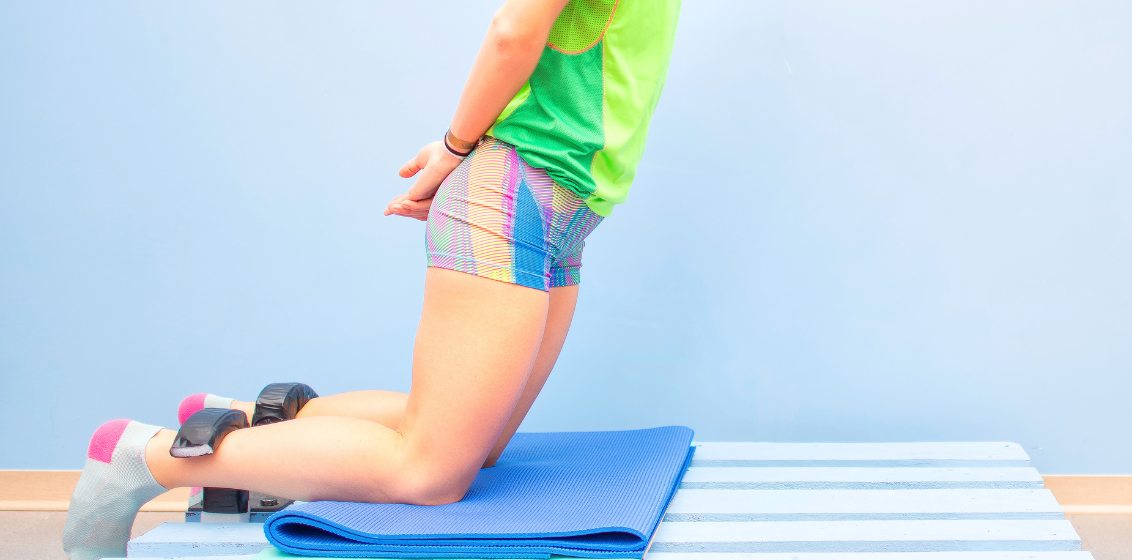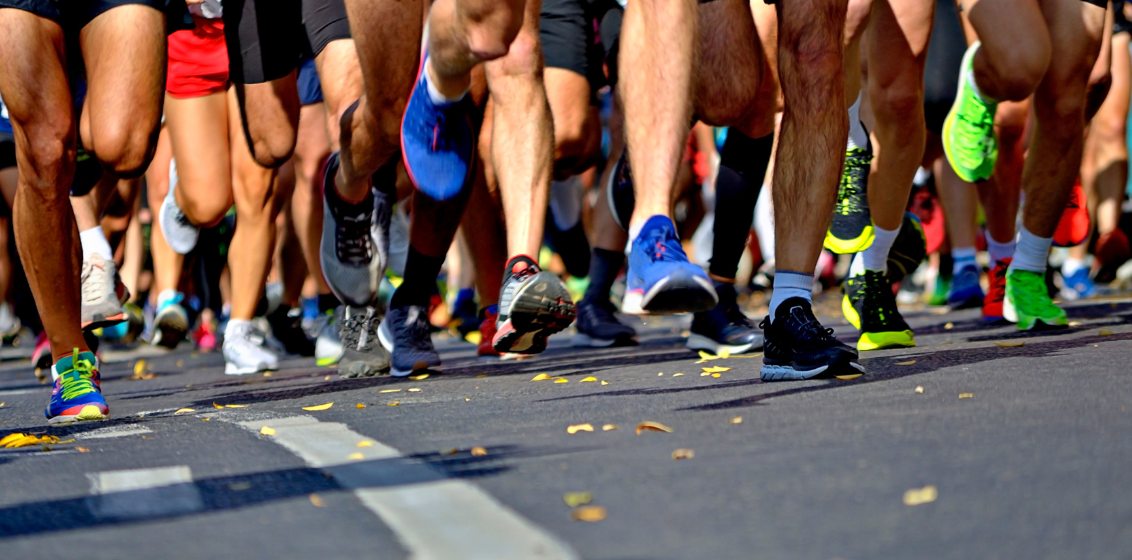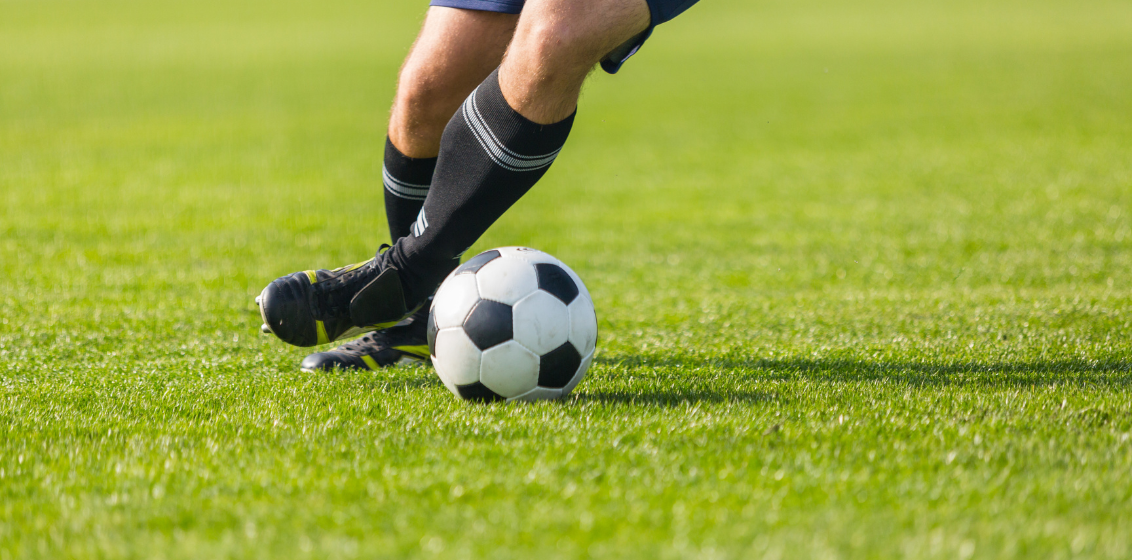Hamstring Injury: Are you at risk?

Have you been running regularly and including sprint intervals in your training? Or will you be playing high intensity sport this season? Read on to find out the biggest risk factors that could be leading you towards a hamstring muscle injury!
There is no doubt the number of runners we see running on the street has increased over the last few months. At Parkside Sports Physiotherapy, the number of hamstring injuries has gone through the roof recently! Surprisingly, these hamstring injuries could have been prevented, what if you were told how you can prevent this injury occurring to you?
We’ve just updated our cutting-edge hamstring rehab protocol. Researching the science has shown us that there are 4 main things that increase your risk of a hamstring injury. They are;
- Age: the older you are the more likely you are to injure your hamstring. You can’t wind back the years but you can make your hamstrings stronger!
- A previous history of a calf injury can increase your chances of a hamstring injury by 1.5x
- And a previous ACL injury can increase your chances of sustaining a hamstring injury by 1.7x.
- Likewise, a past hamstring injury can make you up to 4.8x more likely to sustain another hamstring injury in your future.
These surprising statistics are probably part of the reason why hamstring injuries make up over 12% of all sporting injuries and that they have a 25% recurrence rate in the first year.
If you have ever sustained a calf or ACL injury, you would be aware of the extensive physiotherapy rehab process to return to sport. But have you ever thought of incorporating hamstring strengthening into this program to avoid re-injury? We certainly do and add hamstring rehab and testing into our protocols. Have you been strengthening your hamstrings over this isolation period to make a smooth transition into this sporting season and avoid injury? If you haven’t, it is important you continue reading.
Hamstring tears/ strains are common in high speed sports where you’re sprinting hard and then slow down rapidly, or when changing direction quickly or kicking is involved. The most common sports include soccer and rugby league. They are also common in running, especially athletes who sprint, those who incorporate high intensity sprint sessions into their program or those who jump a lot e.g. trail runners.
Here at Parkside Sports Physiotherapy, we can put you on the right track to recovery from previous hamstring injuries as well as preventing future hamstring tears. Here’s how:
- Accurate diagnosis of the location and degree of injury
- Our Hamstring rehab protocol uses the most effective exercise progressions to strengthen and bullet-proof your hamstrings for return to sport. We aim to restore muscle strength, power and flexibility before a controlled return to high speed running rehab.
- We can measure your strength accurately using our ‘AXIT’ strength assessment tools and compare your strength between sides as well as ratios between quads and hamstrings.
- Part of our return to play testing includes a special test to determine if your hamstrings are ready to take on their physically demanding role in sports. Pass this test and the science shows us you have an extremely low chance of re-injury (less than 5% compared to the traditional 25%!).
If you have ever had previous hamstring, ACL or calf injuries, now is your time to take action! Feel free to give us a call or book an online appointment with one of our physiotherapists.



